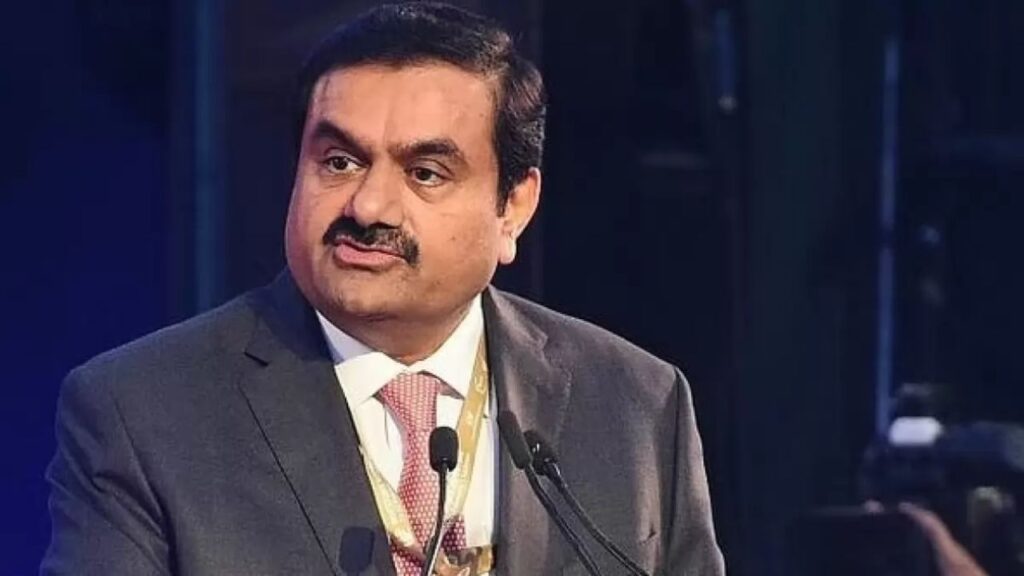Gautam Adani, one of Asia’s wealthiest and India’s richest business tycoons, has made headlines not just for his immense wealth but also for the significant amount of debt he has accumulated. In the past year, Adani’s debt levels have seen a considerable increase. Surprisingly, loans taken from domestic banks have surged by approximately ₹18,000 crore, while loans from foreign banks have decreased. Overall, Adani’s total debt has increased by more than ₹14,000 crore over the last year.
Rising Debt from Local Banks
As of March 31, 2024, Gautam Adani has taken loans worth ₹88,100 crore from Indian lenders, which constitutes 36% of the group’s total debt of ₹2,41,394 crore. In comparison, by March 31, 2023, the debt owed to domestic lenders and NBFCs was ₹70,213 crore, accounting for 31% of total debts of ₹2,27,248 crore. Notable banks like the State Bank of India, Bank of Baroda, Union Bank of India, Canara Bank, HDFC Bank, Axis Bank, and ICICI Bank have all increased their loans to the Adani Group. Although there hasn’t been any official statement from the banks, experts suggest that capital expenditure in airports and green energy initiatives has primarily driven this increase in debt. The Adani Group has been investing significantly in sectors including basic infrastructure, ports, metals, construction materials, utilities, and rapidly growing consumer goods.
Decline in Debt from Global Banks
Turning to the capital markets, the debt from these sources has grown to ₹12,404 crore as of March 2024, up from ₹11,562 crore a year earlier. On the other hand, loans from global banks have seen a slight decline, amounting to ₹63,296 crore in March 2024, down from ₹63,781 crore in March 2023. This indicates a minor reduction in debt from international lenders, while the debt in the global capital markets also decreased from ₹72,794 crore to ₹69,019 crore over the same period.
Operational Profit Surge
Interestingly, even though Gautam Adani’s total debt has risen by approximately 6% year-on-year, the Adani Group has experienced a remarkable 45% increase in operational profit, reaching ₹82,917 crore for the fiscal year 2023-24. The group is now targeting an operational profit of ₹1,00,000 crore for the current financial year. Recent developments, such as the acquisition of Penna Cement, are expected to boost Adani Cement’s capacity by around 13%. Furthermore, the ongoing developments at Gangavaram and Krishnapatnam ports, along with the operational commencement of Vizhinjam and Colombo ports this year, are anticipated to contribute significantly to the group’s revenue. Notably, Adani Green Energy’s capacity is expected to rise from approximately 11 gigawatts to roughly 17 gigawatts during the year. Additionally, the new airport in Navi Mumbai is on track to begin operations this year, and strong demand in the solar module business is projected to favorably impact cash flow.
Conclusion
In summary, while Gautam Adani’s debt levels are on the rise, the group is simultaneously witnessing substantial growth in operational profits. This dual trajectory draws attention to the strategic investments made within vital sectors, which are poised to enhance overall profitability and operational sustainability moving forward. Keeping an eye on these developments will be crucial for understanding the future landscape of both the Adani Group and the broader Indian economy.
